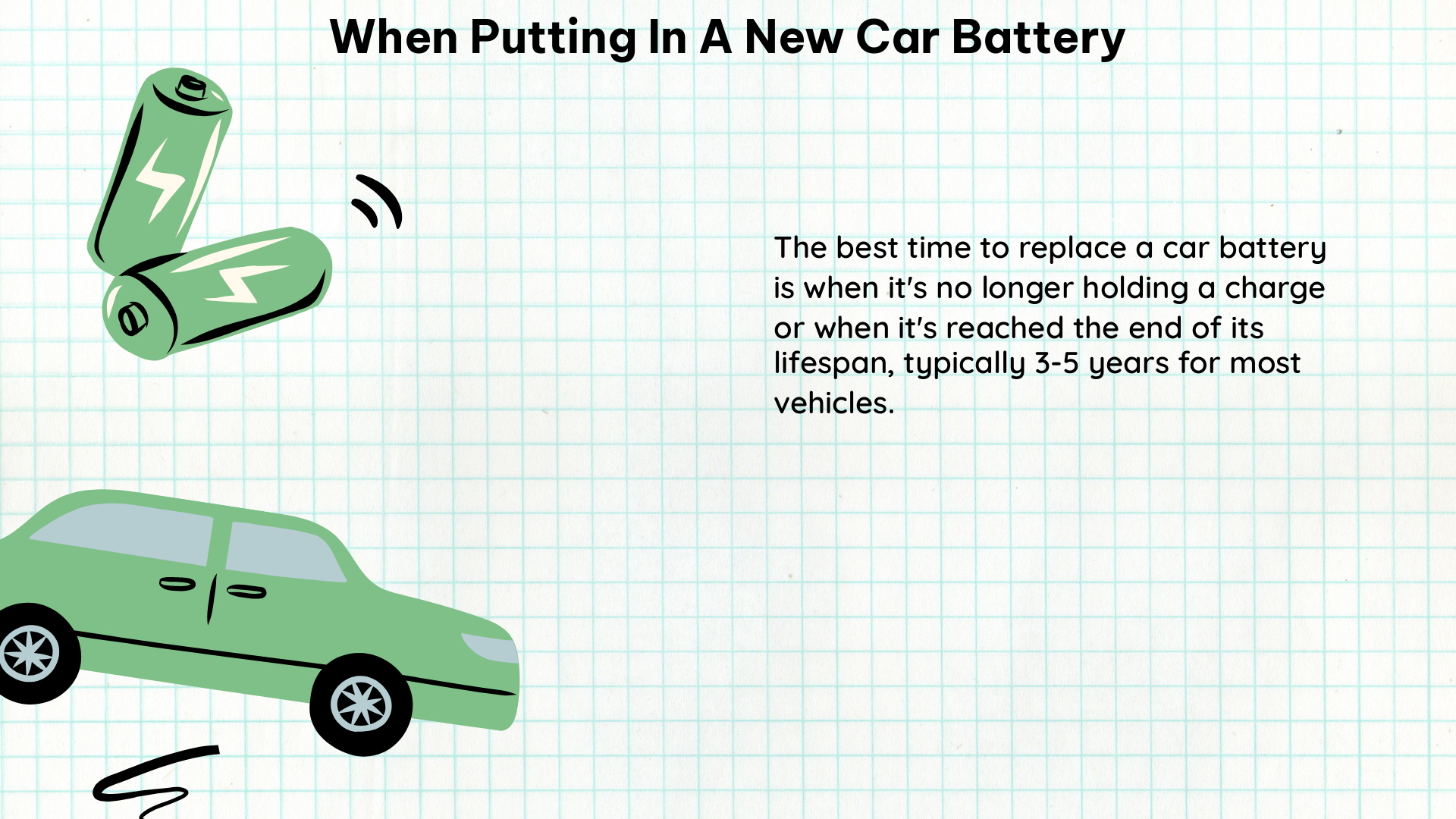When it comes to replacing a car battery, there are several critical factors to consider beyond the basic task of physically installing the new battery. From regulatory requirements to environmental impact and battery specifications, a comprehensive understanding of these data points is essential for a successful and efficient battery replacement process.
Smog Check Regulations: Driving Distance Requirements
One of the primary considerations when installing a new car battery is the regulatory requirements for smog checks. In some regions, such as the state of California, there is a specific driving distance requirement before a smog check can be performed. This is to ensure that the onboard diagnostics (OBD) system has collected enough data to accurately assess the vehicle’s emissions.
- In California, the typical requirement is 50-200 miles of driving over a week’s time before a smog check can be conducted.
- However, this requirement can vary across different states and jurisdictions. Some areas may not have any specific driving distance requirements before a smog check.
- It’s crucial to research the local regulations in your area to determine the necessary driving distance, if any, before scheduling a smog check after installing a new battery.
Environmental Impact of Battery Manufacturing

The environmental impact of battery manufacturing is another important factor to consider when replacing a car battery. The production of lithium-ion batteries, which are commonly used in modern vehicles, can have a significant carbon footprint.
- Studies have shown that the manufacturing of a lithium-ion battery for an electric vehicle can emit between 150 and 200 kilograms of CO2 equivalent.
- This figure can vary depending on the location of the manufacturing facility and the energy mix used in the production process.
- Understanding the environmental impact of battery manufacturing can help consumers make informed decisions and potentially choose more eco-friendly battery options when available.
Battery Specifications and Data Collection
When installing a new car battery, it’s crucial to have a comprehensive understanding of the battery’s specifications and the data that can be collected from it. This information can help optimize the battery’s performance and lifespan.
- For a lithium-ion battery, the dataset may include voltage, current, and temperature readings, sampled every 2 seconds for a total experimental time of 60 hours.
- This data can be used to analyze the battery’s behavior, identify any potential issues, and make adjustments to the vehicle’s electrical system to ensure optimal performance.
- Manufacturers often provide detailed technical specifications for their batteries, including information on capacity, cranking power, and other key parameters.
Battery Registration: Resetting Charging Parameters
When installing a new car battery, the process of battery registration is essential. This step resets the charging parameters of the vehicle’s electrical system to account for the new, fully functional battery.
- Battery registration ensures that the vehicle’s electrical system operates efficiently and prevents potential failures or issues that could arise from using an unregistered battery.
- The registration process typically involves connecting the new battery to the vehicle’s diagnostic system, which then updates the charging parameters to match the specific characteristics of the new battery.
- Failing to register the new battery can lead to problems such as overcharging, undercharging, or even damage to the vehicle’s electrical components.
Conclusion
Replacing a car battery is more than just a simple swap-out. By understanding the various technical and regulatory considerations, you can ensure a smooth and efficient battery replacement process. From smog check requirements to environmental impact and battery specifications, this comprehensive guide has provided you with the necessary information to tackle the task of putting in a new car battery with confidence.
Remember, always consult your vehicle’s manufacturer recommendations, local regulations, and professional guidance when undertaking any battery replacement or maintenance tasks to ensure the safety and longevity of your vehicle’s electrical system.
References:
- How Many Miles to Drive After Replacing Car Battery?
- How Much CO2 is Emitted in Manufacturing Batteries?
- Lithium-Ion Battery Dataset for Electric Vehicle Applications
- Battery Registration: What, Why, and How to Do It

The lambdageeks.com Core SME Team is a group of experienced subject matter experts from diverse scientific and technical fields including Physics, Chemistry, Technology,Electronics & Electrical Engineering, Automotive, Mechanical Engineering. Our team collaborates to create high-quality, well-researched articles on a wide range of science and technology topics for the lambdageeks.com website.
All Our Senior SME are having more than 7 Years of experience in the respective fields . They are either Working Industry Professionals or assocaited With different Universities. Refer Our Authors Page to get to know About our Core SMEs.